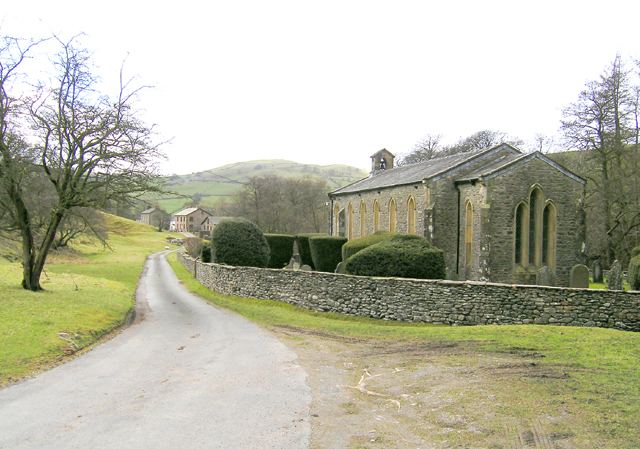OS grid reference SD 633 950 Country England Consecrated 29 October 1838 Archdeaconry Craven | Denomination Anglican Opened 1838 | |
 | ||
Website Howgill: Holy Trinity, Howgill Similar | ||
Holy Trinity Church stands in a country lane near the hamlet of Howgill, between Sedbergh and Tebay, Cumbria, England. It is an active Anglican church in the deanery of Ewecross, the archdeaconry of Craven and the Diocese of Leeds. The church is recorded in the National Heritage List for England as a designated Grade II listed building.
Contents
History
The church was built in 1838 to a design by the Lancaster architect Edmund Sharpe. It replaced a small chapel on the other side of Chapel Back that dated back to about 1685. The main person responsible for its creation was Revd Isaac Green, the second master at Sedbergh School, and incumbent of the parish. The land was given by Stephen Sedgwick. The new church was consecrated on 29 October 1838 by the Rt Revd Charles Longley, Bishop of Ripon.
Architecture
Holy Trinity Church has a simple design in Early English style; it is built in rubble with sandstone dressings and has a slate roof. Its plan consists of a nave with a short chancel. The west front is gabled with buttresses at the corners; it contains three windows and a doorway, above which is a bellcote. On both the north and south sides are six lancet windows, with a buttress between the first and second windows from the west on each side. The chancel is slightly lower than the nave. It has one window on each side, and a triple lancet window at the east end. Internally there is a west gallery, box pews and a panelled font.
